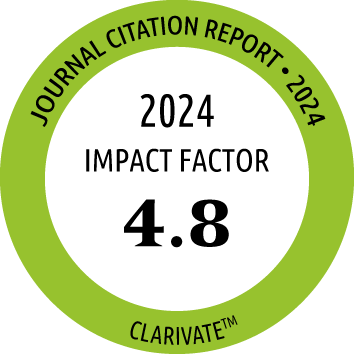| Return to Contents in this Issue | |||||||
Original Article |
|||||||
|
Identification of New Potential Allergens From Nile Perch (Lates niloticus) and Cod (Gadus morhua) |
|||||||
|
JM Tomm,1 T van Do,2 C Jende,1 JC Simon,3 R Treudler,3 M von Bergen,1,4 M Averbeck3 |
|||||||
|
1Department of Proteomics,
Helmholtz-Centre for Environmental Research, Leipzig,
Germany |
|||||||
|
J Investig Allergol Clin Immunol 2013; Vol. 23(3): 159-167 |
|||||||
|
|||||||
|
|
|||||||




